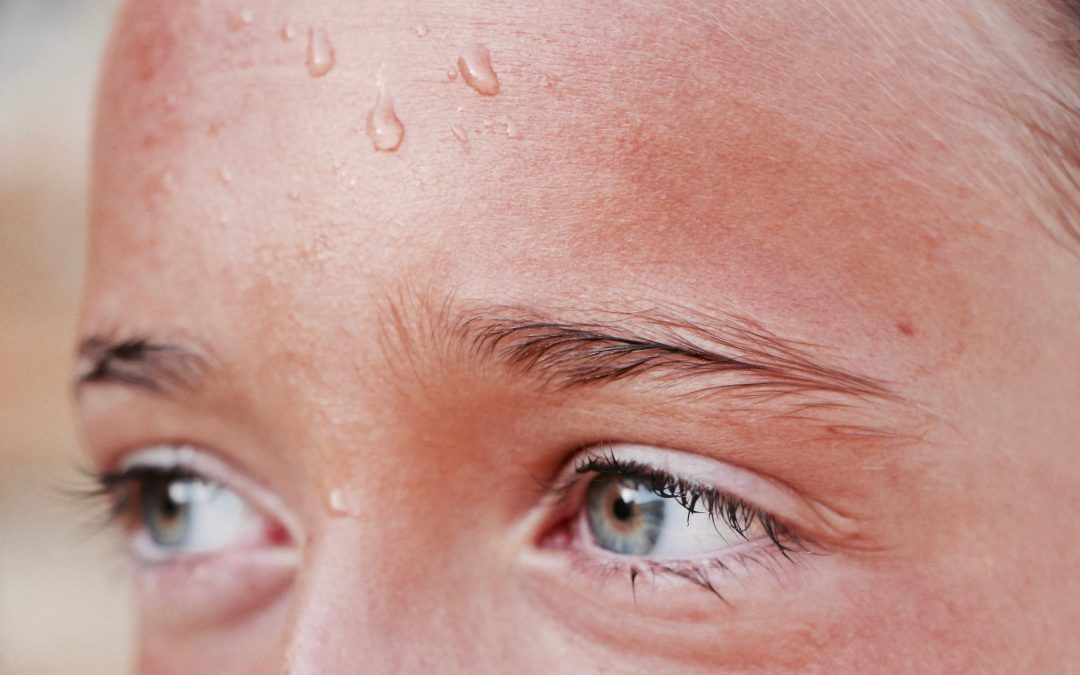Summary:
Caltech researchers have developed a wearable sensor that can monitor the hormone estradiol by detecting its presence in sweat. This innovation could make it easier for women to monitor their estradiol levels in real-time from the comfort of their homes.
Estradiol is a critical hormone for women’s health, impacting various aspects such as fertility, bone health, heart health, and mood. It is often monitored by physicians as part of women’s healthcare.
Traditionally, monitoring estradiol levels required visits to clinics for blood tests or the use of at-home testing kits that also required sending samples to a lab. However, this new sensor can detect estradiol in sweat, providing a non-invasive and convenient method for monitoring hormone levels.
The sensor is built on a flexible plastic membrane and uses microfluidics to channel sweat into the sensor. It incorporates aptamers, which are short single-stranded DNA molecules that can specifically bind to estradiol. When an aptamer binds to estradiol, it generates an electrical signal, which is wirelessly transmitted to a smartphone app for user interface.
This technology has the potential to benefit women trying to conceive, as it can help predict ovulation more accurately. It could also assist individuals undergoing hormone replacement therapy (HRT) to ensure they are taking the correct dosage of estradiol.
The sensor has been shown to reliably track estradiol levels throughout the reproductive cycle, from menstruation to ovulation, with high accuracy. Researchers aim to further develop this technology to monitor other female hormones and miniaturize the sensors for use in wearable devices.
Article written by Science News|Image by Unsplash
28/09/2023
Source:
Science Daily
https://www.sciencedaily.com/releases/2023/09/230928151136.htm

